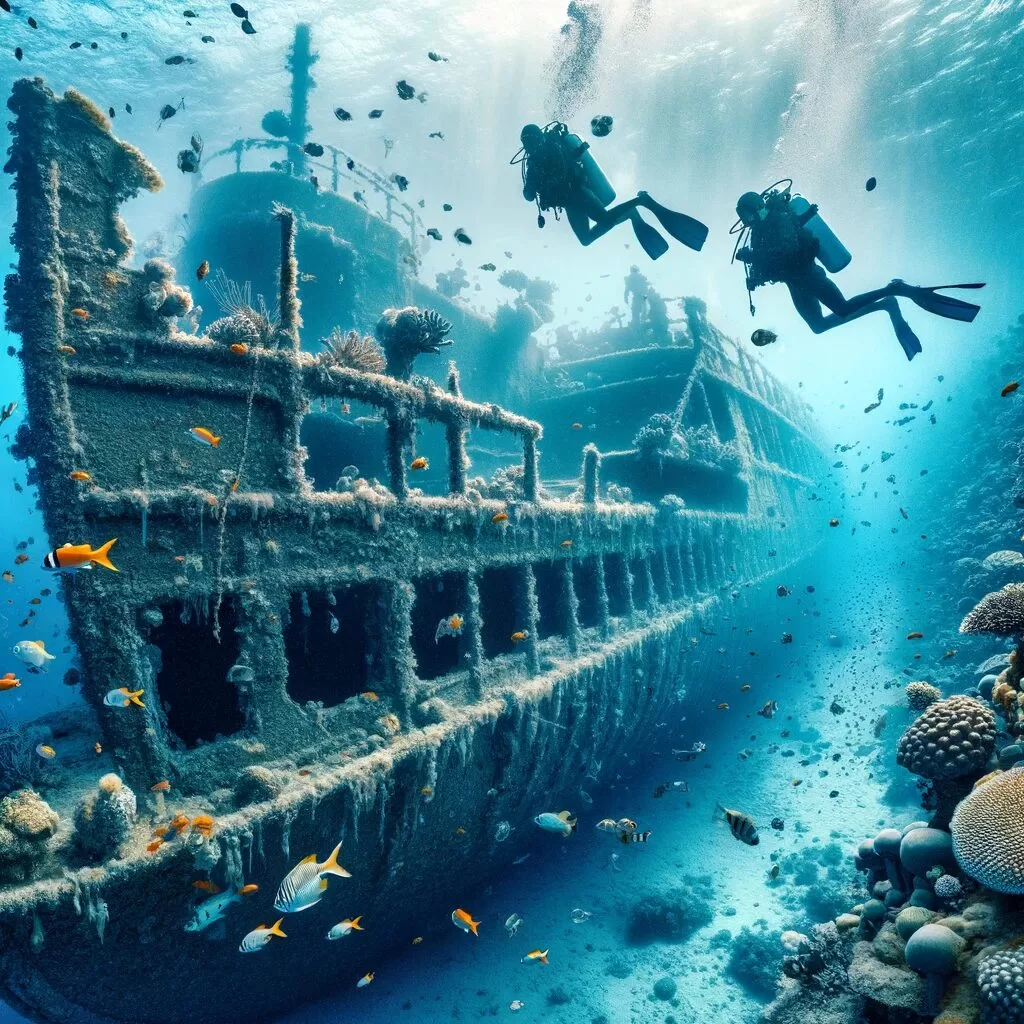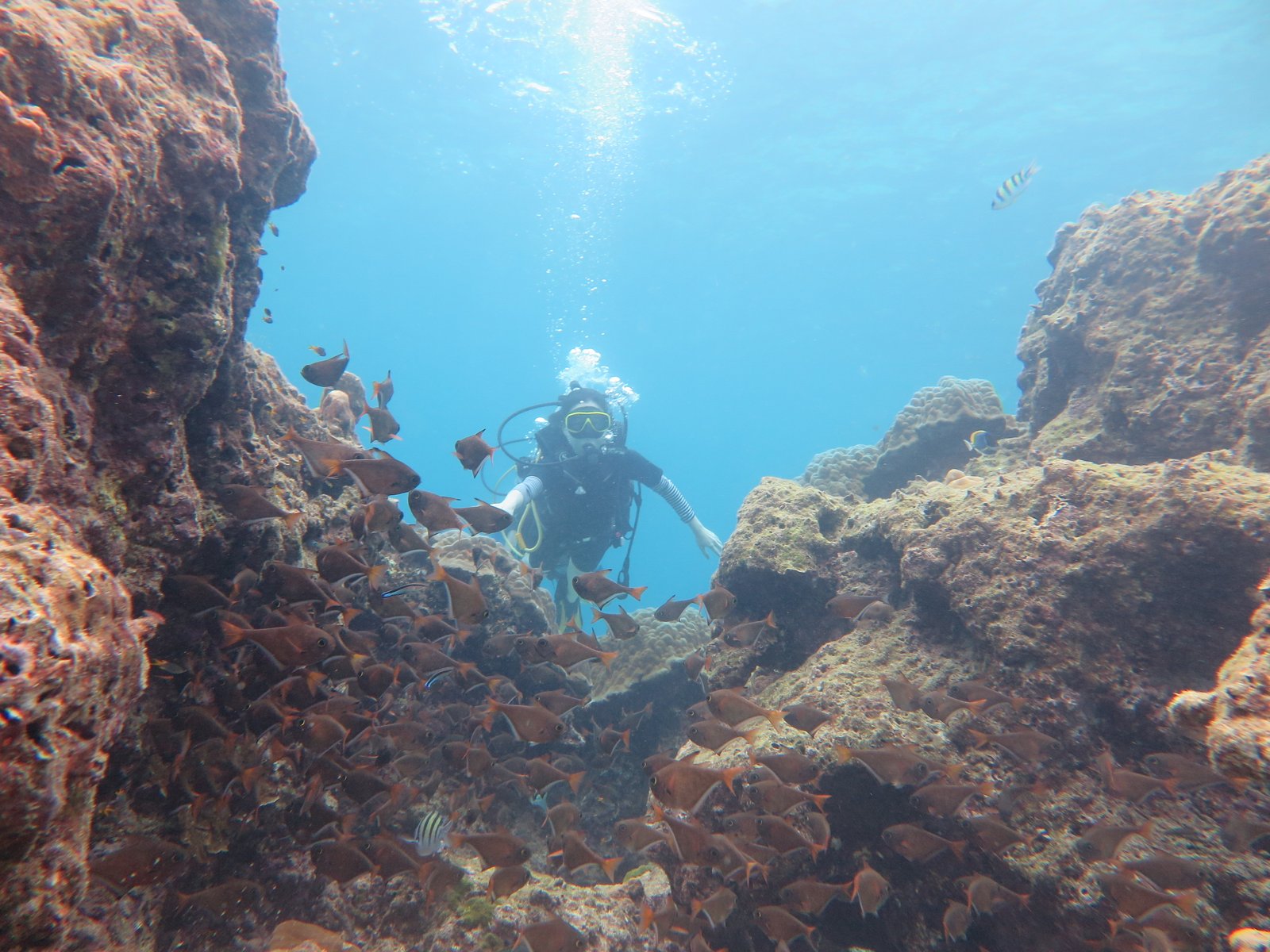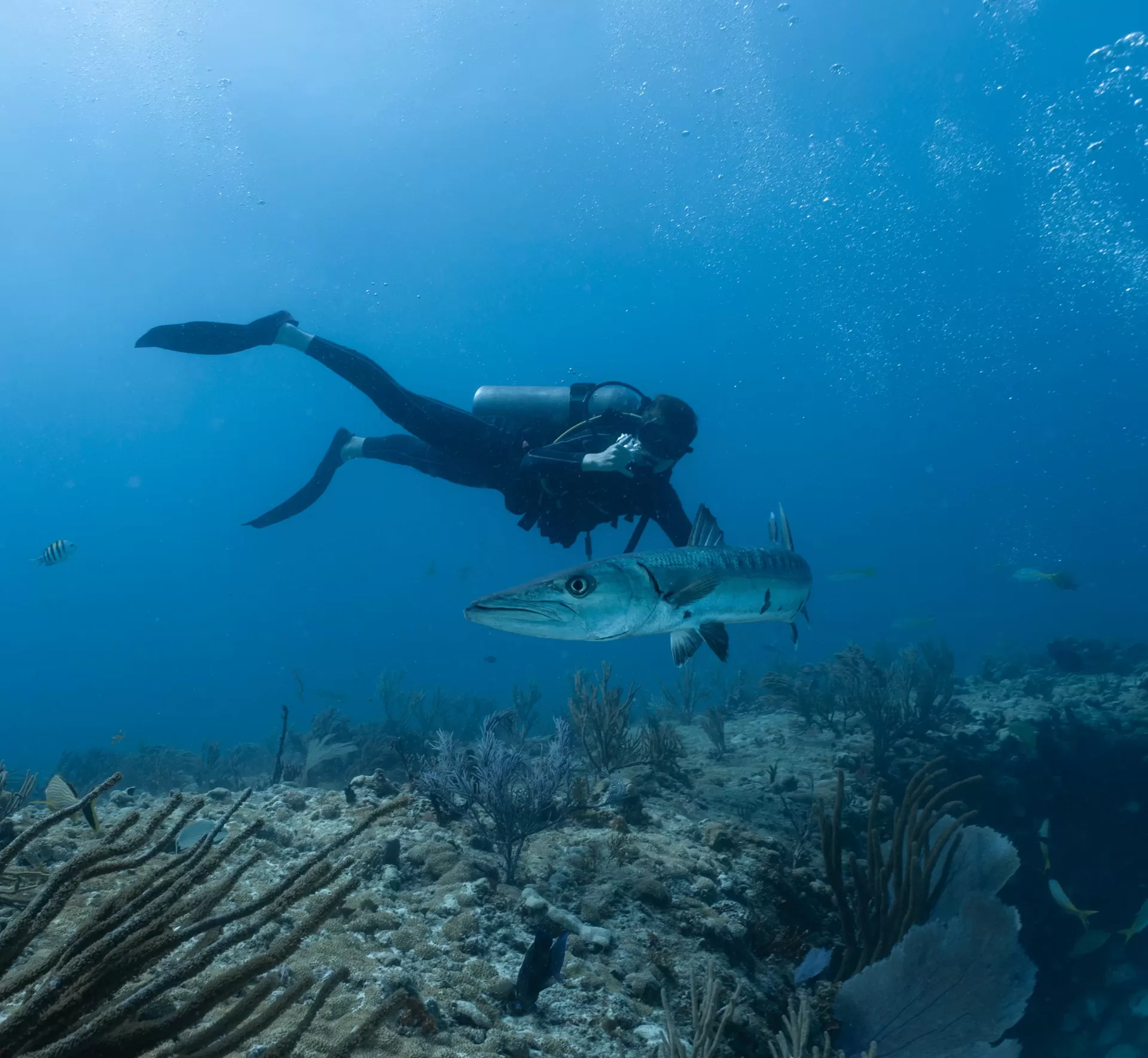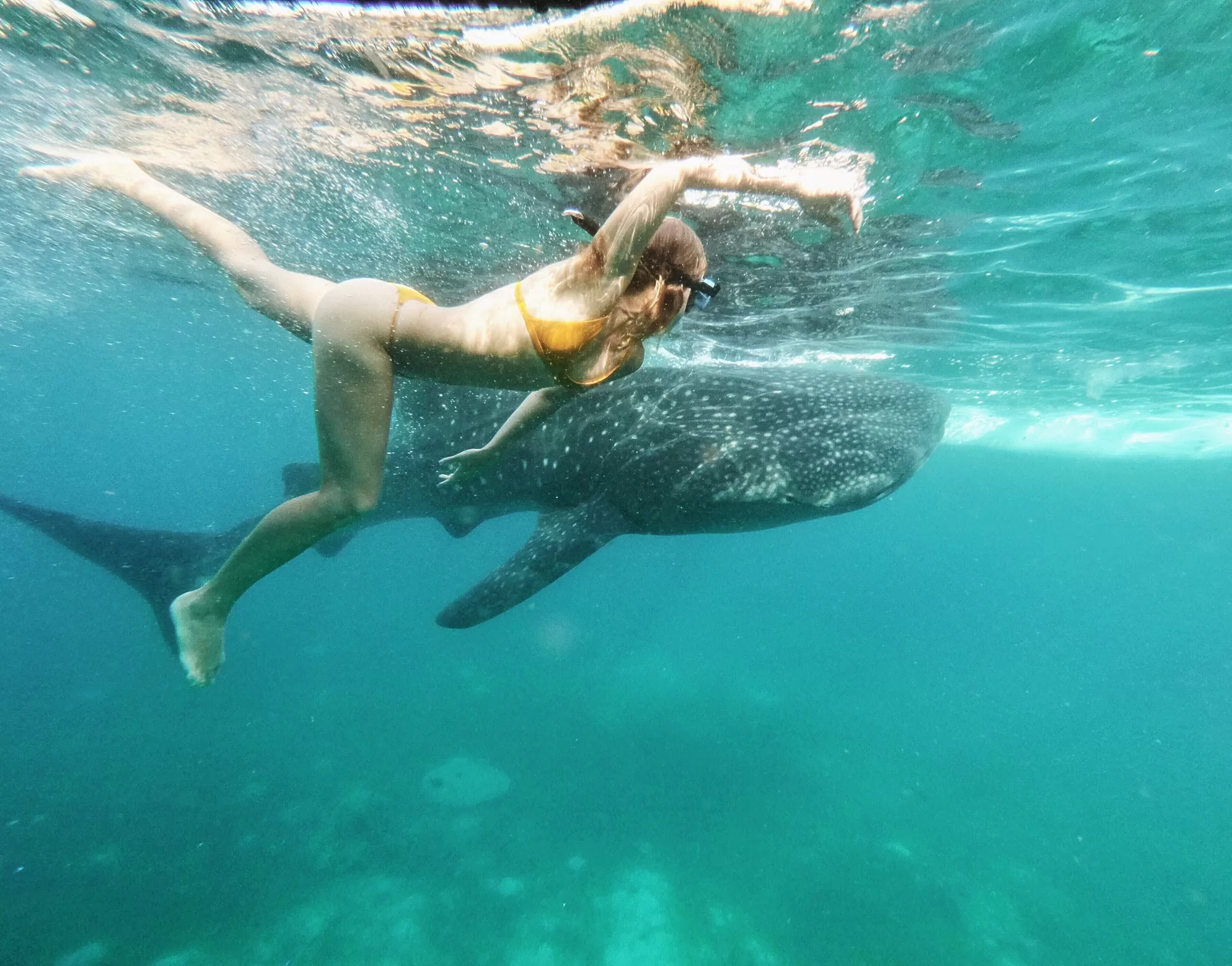
Penetration diving, a specialized form of scuba diving, invites adventurers to delve into the heart of underwater wrecks and caves, offering a unique blend of history, marine biology, and exhilarating exploration. This form of diving is not just about swimming over reefs or alongside fish; it’s about venturing into the mysterious interiors of sunken ships, airplane wrecks, and submerged caves. These hidden realms offer a glimpse into the past and a unique perspective on the underwater world.
This article, “Exploring the Depths: The Best Penetration Diving Spots Worldwide,” is crafted for both seasoned divers and curious enthusiasts eager to explore these underwater sanctuaries. We’ll guide you through some of the world’s most renowned penetration diving sites, from the sunken treasures in the clear waters of the Caribbean to the historic wrecks nestled in the depths of the Mediterranean and beyond. Not only will we unveil these mesmerizing locations, but we’ll also discuss the critical aspects of safety and conservation, ensuring that these underwater wonders continue to captivate divers for generations to come.
Join us as we embark on this underwater journey, exploring the top penetration diving spots that offer more than just a dive – they offer an adventure into the depths of our planet’s waters.
Introduction to Penetration Diving
Penetration diving stands out in the world of scuba diving for its blend of adventure, history, and the thrill of exploration. Unlike traditional diving, penetration diving involves entering into the heart of underwater structures such as shipwrecks, airplane wrecks, or caves. This form of diving allows you to experience the mysteries that lie within these submerged sanctuaries, offering a unique window into history and a diverse marine ecosystem.
The Allure of Penetration Diving
The allure of penetration diving lies in its ability to transport divers back in time. Imagine swimming through a sunken ship, surrounded by artifacts and remnants of the past, each telling its own story. This type of diving is not just about the physical experience but also about connecting with history in a way that few other activities can offer.
Understanding the Basics
Before embarking on a penetration dive, it’s crucial to understand the basics. This type of diving is more complex and risky than open water diving. It requires specialized training in areas like buoyancy control, navigation, and the use of guidelines. Divers need to be aware of the potential risks, including getting lost within a structure or encountering unstable environments.
The Equipment
Specialized equipment is also a key aspect of penetration diving. Along with standard scuba gear, divers often use powerful lights, line reels, and sometimes specialized breathing gases to safely explore these underwater realms. The right equipment not only ensures safety but also enhances the overall diving experience.
Why It’s Worth It
For many divers, the challenge and thrill of penetration diving are what make it so appealing. There’s a sense of accomplishment in successfully navigating a complex underwater structure. Moreover, the chance to witness marine life interacting with these wrecks in their natural habitat adds an ecological dimension to the experience.
A Growing Community
The penetration diving community is a close-knit group of passionate individuals who share stories, tips, and experiences. Joining this community can open up opportunities to learn from experienced divers and discover some of the most breathtaking dive sites in the world.
Top Penetration Diving Locations in the Caribbean
The Caribbean, known for its crystal-clear waters and abundant marine life, is also home to some of the most spectacular penetration diving sites in the world. Here, divers can explore a variety of sunken ships, each with its own story and unique ecosystem.
1. RMS Rhone, British Virgin Islands
The RMS Rhone, off the coast of Salt Island in the British Virgin Islands, is one of the most famous shipwrecks in the Caribbean. Sunk in 1867, this former Royal Mail Ship is now a national marine park. The clear waters and the ship’s large, accessible compartments make it an ideal site for penetration divers. The wreck is teeming with colorful marine life, including sea turtles and tropical fish, providing a picturesque backdrop for exploration.
2. The Superior Producer, Curaçao
Curaçao’s Superior Producer offers an advanced level penetration dive. This cargo ship, which sank in 1977, lies upright on the ocean floor, creating a fascinating structure for divers to navigate. Its cargo hold and engine room are accessible for exploration. The site is famous for its vibrant coral growth and diverse fish species, making it a visually stunning dive.
3. The Hilma Hooker, Bonaire
The Hilma Hooker in Bonaire is a must-visit for penetration divers. This shipwreck, lying at a depth of around 30 meters, is known for its large, open cargo holds and the mystery surrounding its sinking. The ship provides a safe and spacious environment for divers to explore, surrounded by a thriving reef ecosystem.
4. Bianca C, Grenada
Known as the “Titanic of the Caribbean,” the Bianca C in Grenada is one of the largest shipwrecks accessible to divers in the region. Sunk in 1961, this luxury cruise liner offers multiple levels for penetration diving. The size and complexity of the wreck make it an enthralling site for experienced divers.
5. The Antilla, Aruba
The Antilla, one of the Caribbean’s largest shipwrecks, lies off the coast of Aruba. Sunk during World War II, this German freighter is now a popular dive site. Its massive structure is suitable for both beginners and experienced divers, with numerous compartments and rooms to explore.
Each of these Caribbean dive sites offers a unique experience, combining historical intrigue with natural beauty. As you plan your penetration diving adventures, these locations are sure to provide unforgettable experiences beneath the waves.
European Adventures: Exceptional Penetration Diving in the Mediterranean and Beyond
Europe’s waters, steeped in history and adorned with a variety of underwater structures, offer some of the most intriguing penetration diving sites in the world. From ancient wrecks in the Mediterranean to World War relics in the northern seas, each site offers a unique glimpse into the past.
1. The Zenobia, Cyprus
The Zenobia, a ferry that sank off the coast of Larnaca, Cyprus, in 1980, is renowned among penetration divers. The ship’s cargo of trucks and their goods are still visible, providing a surreal underwater landscape. The wreck, lying at a depth of around 42 meters, is suitable for both novice and experienced divers.
2. The HMS Maori, Malta
Malta’s HMS Maori, a British destroyer sunk during World War II, rests in Valletta Harbour. This wreck, accessible at a relatively shallow depth, offers an easy penetration dive, ideal for beginners. Divers can explore the ship’s remains while enjoying the rich marine life that has made the wreck its home.
3. The S.S. Thistlegorm, Egypt
Located in the Red Sea, the S.S. Thistlegorm is one of the most iconic wreck dives globally. Sunk in 1941, this British armed Merchant Navy ship is famous for its well-preserved cargo, including motorcycles, trucks, and train carriages. The dive is a journey back in time, revealing insights into World War II history.
4. The Bianca C, Italy
Not to be confused with its Caribbean namesake, Italy’s Bianca C is an enchanting dive site off the coast of Sardinia. This merchant ship, which sank in 1960, offers multiple decks and structures for penetration diving. The site is known for its clear waters and abundant marine life.
5. The Umbria, Sudan
The Umbria, lying in the Red Sea near Sudan, is one of the best-preserved wrecks in the world. Sunk in 1940, this Italian ship is famous for its cargo of bombs and vehicles. Divers can explore the vast hold and cabins, experiencing a unique piece of history.
These European diving sites not only offer exciting penetration diving opportunities but also serve as underwater museums, preserving history for future generations. As you plan your diving adventure in Europe, these locations promise an experience filled with historical wonder and natural beauty.
Asia’s Hidden Gems: Penetration Diving in the Pacific and Indian Oceans
Asia’s vast oceans are home to some of the most extraordinary penetration diving sites in the world. The Pacific and Indian Oceans, in particular, boast a plethora of wrecks, each offering unique experiences for divers.
1. SS President Coolidge, Vanuatu
The SS President Coolidge in Vanuatu, a luxury ocean liner turned troopship during World War II, is one of the most accessible and intriguing wreck dives in the world. Sunk by mines in 1942, the ship offers a diverse range of penetration diving opportunities, from cargo holds to first-class dining rooms. The site is famous for its “Lady” statue and an array of military equipment and personal belongings scattered across the ocean floor.
2. USS Liberty, Bali, Indonesia
The USS Liberty, located off the coast of Tulamben, Bali, is an American military cargo ship sunk during World War II. Resting just a few meters from shore, this wreck is suitable for divers of all levels. The ship’s structure is encrusted with vibrant coral and is home to a diverse marine ecosystem, making it a popular site for both penetration diving and underwater photography.
3. Fujikawa Maru, Truk Lagoon, Micronesia
Truk Lagoon in Micronesia, known as one of the world’s greatest wreck diving destinations, houses the Fujikawa Maru. This Japanese aircraft ferry, sunk in 1944, is renowned for its well-preserved artifacts and airframes of fighter planes. The relatively shallow depth and clear waters make it an ideal site for exploring the haunting remains of this historical wreck.
4. HMS Hermes, Sri Lanka
The HMS Hermes, off the coast of Batticaloa, Sri Lanka, is a British aircraft carrier sunk in 1942. As the world’s first purpose-built aircraft carrier, diving this wreck is like exploring a piece of naval history. The site is recommended for advanced divers due to its depth and current.
5. Kuda Giri Wreck, Maldives
The Kuda Giri wreck in the Maldives, a relatively recent addition to the underwater world, offers a different experience. This small freighter, sunk intentionally in the 1990s to create an artificial reef, is now a habitat for a variety of marine life. Its accessible compartments make it a perfect site for beginner penetration divers.
These Asian penetration diving sites offer a blend of historical intrigue and natural beauty. From World War II relics to recent artificial reefs, each site provides a unique window into the underwater world, making them must-visit locations for diving enthusiasts.
Safety and Conservation in Penetration Diving
While penetration diving offers an unparalleled adventure, it’s crucial to approach these dives with a focus on safety and conservation. These practices ensure not only the diver’s well-being but also the preservation of underwater sites for future generations.
Prioritizing Safety
Penetration diving, by its nature, involves inherent risks. Divers should have appropriate training, including advanced buoyancy control, navigation, and stress management. It’s also vital to dive within your limits and follow the guidelines set by diving authorities. Using a buddy system and having a dive plan are essential safety measures.
Equipment Check
The right equipment can make a significant difference in penetration diving. Divers should ensure their gear, especially lights and line reels, are in good working condition. Regular maintenance and checks are crucial for a safe diving experience.
Environmental Awareness
Penetration diving sites, especially wrecks, are historical artifacts and marine habitats. Divers should be mindful of their surroundings, avoiding any actions that could damage the site or disturb marine life. Preserving these sites is as important as exploring them.
Respect for History
Many wreck sites are also war graves. Divers are encouraged to treat these sites with the utmost respect. This includes not removing artifacts and being considerate of the historical significance of the site.
Contribution to Conservation
Divers can contribute to the conservation of these sites by participating in responsible tourism, supporting local conservation efforts, and sharing their experiences in a way that promotes awareness and appreciation of these underwater treasures.
Penetration diving is more than just a sport; it’s a responsibility. By prioritizing safety and conservation, divers can ensure that these incredible underwater sites remain intact and accessible for years to come.
A Journey Through the Depths
“Exploring the Depths: The Best Penetration Diving Spots Worldwide” has taken us on a remarkable journey through some of the most fascinating underwater locations on the planet. From the clear Caribbean waters to the historical depths of the Mediterranean, the Pacific, and the Indian Oceans, we’ve uncovered the allure of penetration diving in various global hotspots.
These dives are more than just underwater excursions; they are immersive experiences that connect us to the mysteries of the deep and the stories of the past. Each dive site, with its unique ecological and historical significance, offers a different adventure, waiting to be explored.
As we wrap up this exploration, it’s crucial to remember the importance of safety and conservation in penetration diving. By respecting these principles, we ensure that these underwater wonders continue to inspire and amaze divers for generations to come.
Whether you’re a seasoned diver or just starting, the world of penetration diving is an open invitation to discover the hidden treasures beneath the waves. So gear up, dive in, and prepare to be mesmerized by the beauty and intrigue of the world’s best penetration diving spots.



